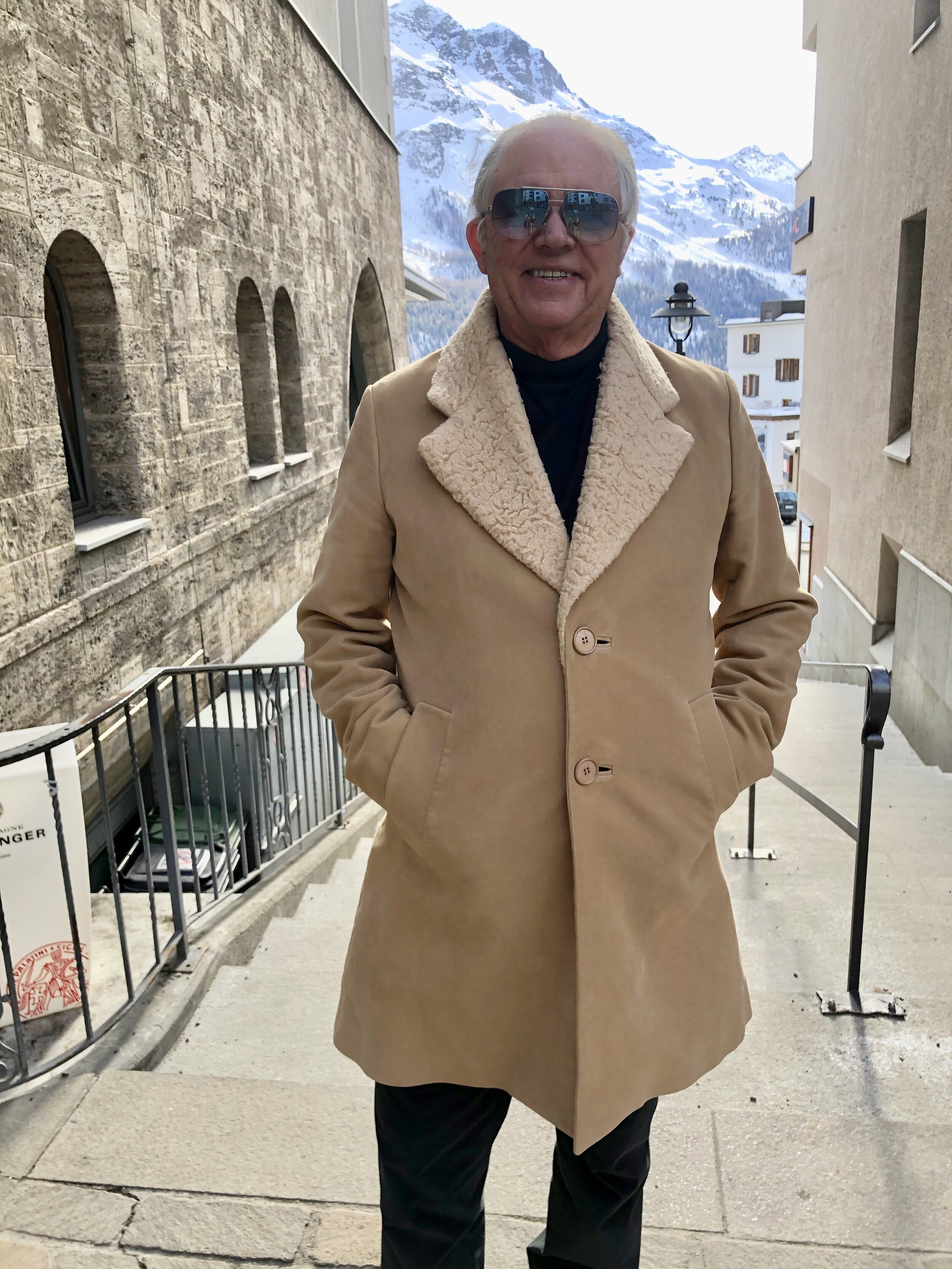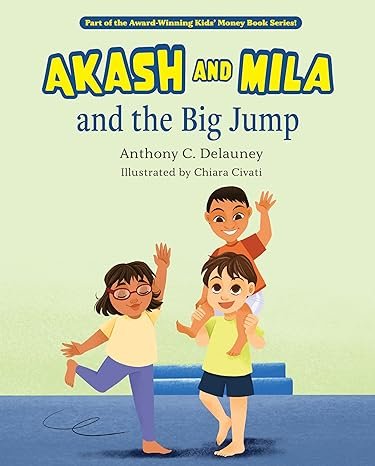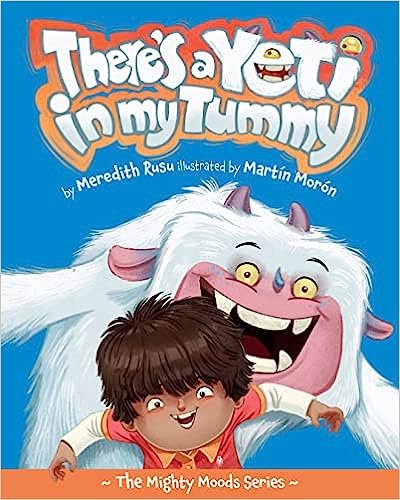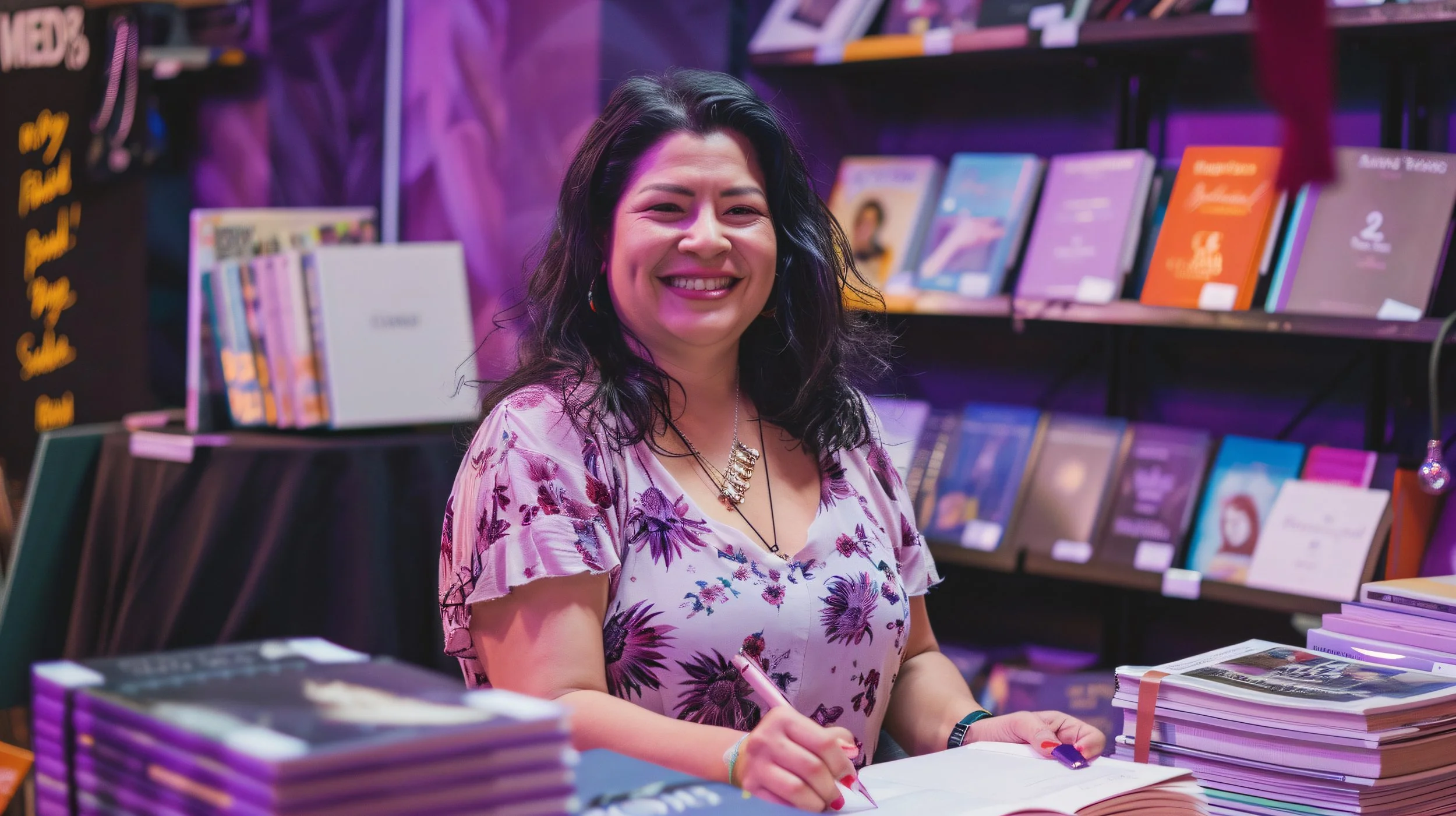Like many families impacted by the Covid-19 quarantines, I have found myself bound to my home alongside a high-energy toddler, struggling to find ways to keep her two-year-old brain entertained (while also maintaining my own sanity). As many of us are finding out first-hand, homeschool life is not an easy one and finding ways to occupy our children’s time with fun, meaningful activities can be a difficult task. The learning has to go on, however, and one way to ensure that your child remains ready for the expectations of school is to work on his/her language and communication skills. This happens to be right up my alley since I am a speech-language pathologist, and I am happy to share some of the ways that I’ve put my skills to work each day with my own little one!
1. Tag Team Dressing
You’re probably already familiar with the growing independence of your toddler! Encourage this important development and also build expressive language skills by getting your toddler involved in the dressing process each morning.
Activity: Play “I Choose, You Choose,” where your child gets to select one clothing item that they would like to wear for the day, and you select another until a complete outfit is created. Spoiler alert: this game leaves NO room for meltdowns because your little one makes all the decisions — even on your turn! When it’s your turn to choose, make a show of not being sure which is the better choice (get as dramatic as you like!) and ask your toddler to help you pick something.
Language Booster: Use sentence-starters to encourage your child to use more complete sentences during this activity (e.g., Caregiver: “I choose…” or “I want to wear…” or “My choice is…”). Also, try giving your child 1 ‘silly’ option (e.g., a thick sweater as a choice in the middle of summer) and encourage your child to tell you why it’s a silly choice (e.g., Parent: “Is this sweater a good choice? No, it’s silly! It’s too hot outside! Tell daddy why this is silly.”). This exercise helps your little one to grow his/her critical thinking skills while also working on his/her ability to form more complex sentences.
Tips & Tricks: Present your child with only 2–3 clothing item choices at a time to avoid spending 2 hours on this activity!
2. Match It Up!
Categorizing is a great way to grow vocabulary and to teach basic concepts (words that we use to indicate location [in/out], descriptions [little/big], feelings [happy/sad], time [always/never] or number [more/less]). It is easiest to teach categorization skills using physical items that your child is familiar with, such as toys, clothing items, familiar foods, common household items or school items. The goal of this activity is to work on building your child’s ability to categorize items by their attributes (e.g., an item’s color, shape, size, use/function).
Activity: Start by picking an attribute that you want to focus on (I like to start with colors, so let’s use this as an example). Gather 2–3 items around the house that are the same color (red, for example) then hunt for 2–3 additional items that are a different color (e.g., blue) and finally, 2–3 more items that are another color (e.g., green). Place all the items together on the floor, pick one up and ask your child to find another item in the pile that is the same color. Each time your child finds a ‘match,’ he/she gets a point; collect five points and win!
Language Booster: Label and describe each item as your child selects it to teach new vocabulary (e.g., “Yes, this magnet is red!”) and basic concepts (e.g., “This magnet is big and shiny”).
Tips & Tricks: Before starting this activity, allow your child to select a toy, game or snack that they would like to receive as a reward for ‘winning.’ Use this as a motivator during gameplay to keep them working hard!
3. ‘WH’ Question Basketball
Increase your little one’s vocabulary skills, verbal reasoning skills, ability to understand spoken language and grow expressive language skills with this fun game that combines answering who, what, where, and what doing questions with basketball!
Activity: Grab a basket or bucket that you can use to toss a ball into (think laundry basket, extra storage bin, empty wastebasket), a ball (if your home is ball-free, grab some sheets of paper and ball ’em up!) and an age-appropriate picture book. The object of this game is to earn chances to toss a ball into the basket by correctly answering ‘who,’ ‘what,’ ‘where,’ and ‘what doing’ questions about the story. Have your child sit with you to read a page or two of the story, then ask one question (e.g., “What is this girl doing?”). Each correct answer earns your child two shots at the ‘hoop’!
Language Booster: Give two answer choices if your little one finds it difficult to answer questions on his/her own (e.g., Caregiver: “What is this girl doing?” Eating or running?”). Be sure to encourage your child to form a complete sentence to answer questions before earning a turn to toss the ball (e.g., Child: “She is running” NOT “Running”).
Tips & Tricks: Pick a picture book that has colorful, vivid illustrations of characters engaging in different activities throughout the story to 1) keep your little one engaged, 2) allow you to ask a variety of WH questions about what is going on in the story and 3) provide visual clues to your child as they try to answer your questions.
4. Chore-Helper
Unfortunately, chores don’t take a break during quarantines. Little hands can be a big help though, so take advantage of the opportunity to get a bit of assistance completing daily chores while also teaching your toddler how to follow directions!
Activity: Pick a chore (e.g., loading safe dinnerware in the dishwasher, putting away folded socks, sorting their own dirty laundry, cleaning up toys). Set a timer for 10-minutes and have your little one see how much they can get done before time runs out. The idea is to give simple, specific instructions for completing the assigned chore — making sure to give only as much work as they can actually complete in the 10-minute time frame. If they can follow your directions to complete the chore in the given time, they get a reward!
Language Booster: Start with one-step directions (e.g., Caregiver: “Put the socks in the drawer”) then build on this by gradually introducing two-step and three-step directions (e.g., Caregiver: “Open your sock drawer and put your socks in”).
Tips & Tricks: Set your timer for 5-minutes and work your way up to 10-minutes if you think your little one will have a hard time focusing on one task for 10-minutes, even with your guided instruction. Also, if you’re looking to maximize your ‘me-time,’ give your child reward options that don’t require your direct supervision (e.g, coloring, playing with a favorite toy that doesn’t require your assistance, a short episode of a favorite TV program, etc.).
Happy learning!
Dr. Tinita O. Kearney is a speech-language pathologist who hails from New York. She owns a speech therapy private practice and lives to empower families to be their child’s very best advocate and resource. Check out her newest children’s book series at lolakoala.com and subscribe to get weekly communication tips and tricks.






















































